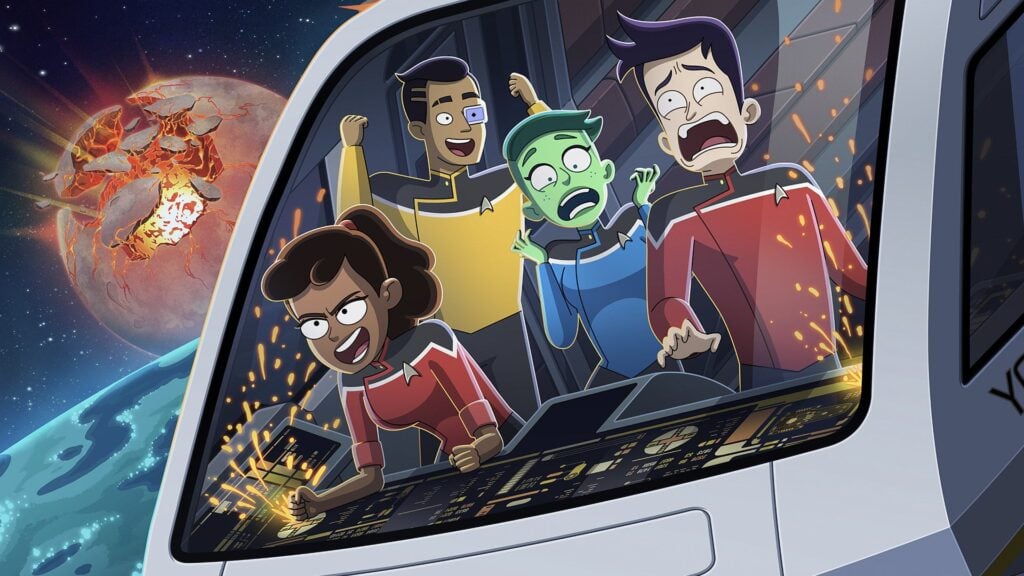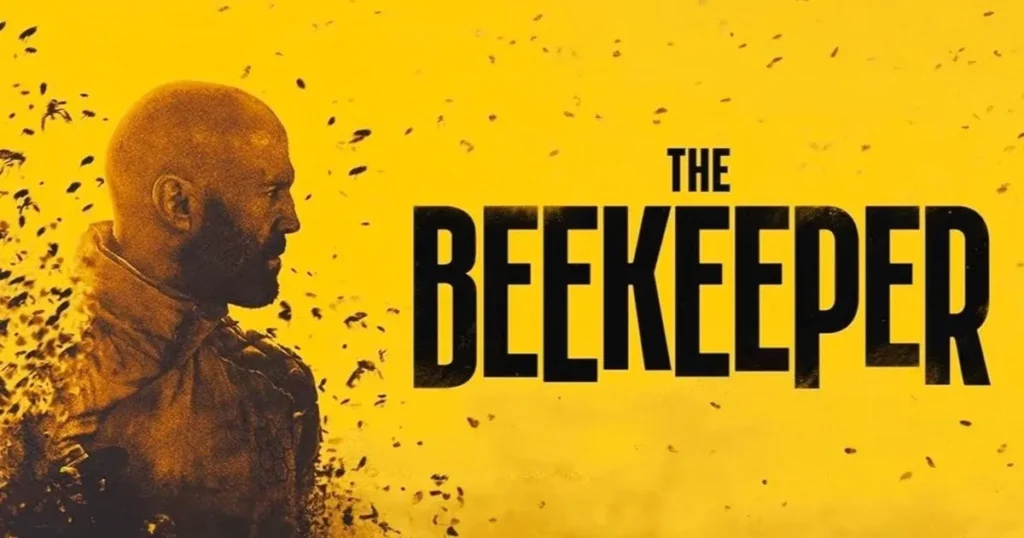Warner Archive’s release of this 1937 Technicolor marvel offers a master’s class into color design of early three-strip Technicolor.
Since I’d only encountered original dye transfer prints of this film, as well as Nothing Sacred in my travels, I had always presumed – incorrectly, and without evidence – that the overall look of the Selznick films from this era were based entirely upon post color timing, and that if the original negatives were run, the color would be that of the blazing Technicolor one generally thinks to be the norm.
But it isn’t.
And this is just one element that makes this release a “must-own” for anyone interested in the technology.
First, and most important, the scanning and color of A Star is Born have been done to perfection, representing what is on the film, and not the look of the film that has survived as prints.
Take a serious look, especially at make-up (most interesting is Janet Gaynor), and you can see the beginnings of the overall desire toward a more subtle palette. Production design and costumes subtly follow suit.
And yet, other than these very tiny design anomalies, this is pure three-strip Technicolor, and one of the earliest we are apt to see from original elements. It should be noted that Scott MacQueen did an analogue recombine from original elements of The Garden of Allah (1936) during his tenure at Disney. Look at the credits of that film, and you’ll see that Technicolor was taking an overriding credit, and allowing none for the men behind the camera.
The use of Technicolor grew exponentially from it’s feature beginnings in 1935 into the 1940s, as prints could be produced more assuredly, and more cameras became available.
Feature films with the majority of footage in the process went from one in 1935, to five in 1936, six in 1937, thirteen in 1938, twelve in 1939, and sixteen in 1940. There probably would have been more in 1939, had one film not been using multiple cameras.
For those unacquainted with what some may fear to be an antique, A Star is Born is also an extraordinary film. Great screenplay, wonderful acting, some decent music by someone named Steiner, who would work for Selznick again, and magnificent (did I mention Technicolor) cinematography by W. Howard Green, who would do The Adventures of Robin Hood the following year, and was generally the cinematographic king of Technicolor in those early years.
To the basics, black levels are knock-out gorgeous, registration is beyond reproach, and the grain level has been set – yes, there has been grain manipulation, but it’s a necessity, especially for early Technicolor – and it works perfectly, mimicking the appearance of a dye transfer print.
Do I love this release from Warner Archive? Let me count the ways.
The cast, led by Janet Gaynor – when she accepts her Academy Award, it actually her award from Seventh Heaven (1927) – Fredric March (you’ll recall him from Jekyll and Hyde), Adolph Menjou, May Robson, Andy Devine et al. The young woman in the casting office is Peggy Wood.
Presumably, while you’ll want a copy, it’s also a good idea to hand onto the previous Kino release, based upon an original dye transfer print, to see the two very different looks to this film.
One of the most important releases thus far for 2022.
Image – 5
Audio – 5
Pass / Fail – Pass
Upgrade from Blu-ray – Yes
Works up-rezzed to 4k – Beautifully
Very Highly Recommended
RAH
Robert has been known in the film industry for his unmatched skill and passion in film preservation. Growing up around photography, his first home theater experience began at age ten with 16mm. Years later he was running 35 and 70mm at home.
His restoration projects have breathed new life into classic films like Lawrence of Arabia, Vertigo, My Fair Lady, Spartacus, and The Godfather series. Beyond his restoration work, he has also shared his expertise through publications, contributing to the academic discourse on film restoration. The Academy Film Archive houses the Robert A. Harris Collection, a testament to his significant contributions to film preservation.
Post Disclaimer
Some of our content may contain marketing links, which means we will receive a commission for purchases made via those links. In our editorial content, these affiliate links appear automatically, and our editorial teams are not influenced by our affiliate partnerships. We work with several providers (currently Skimlinks and Amazon) to manage our affiliate relationships. You can find out more about their services by visiting their sites.






Similar threads
- Robert Harris
- Blu-ray and UHD
4 5 6- Robert Harris
- Blu-ray and UHD
2- Robert Harris
- Blu-ray and UHD
2 3 4